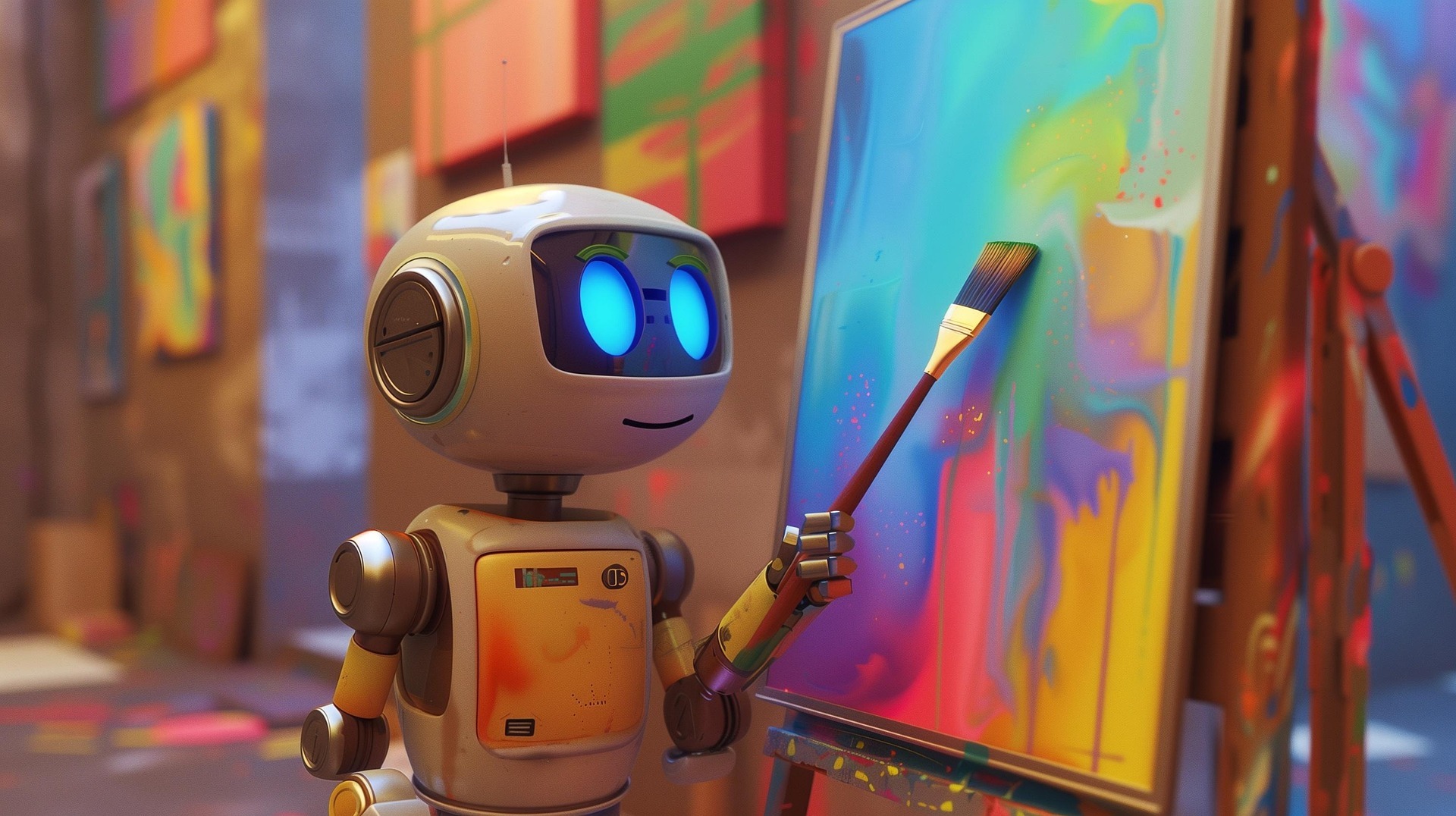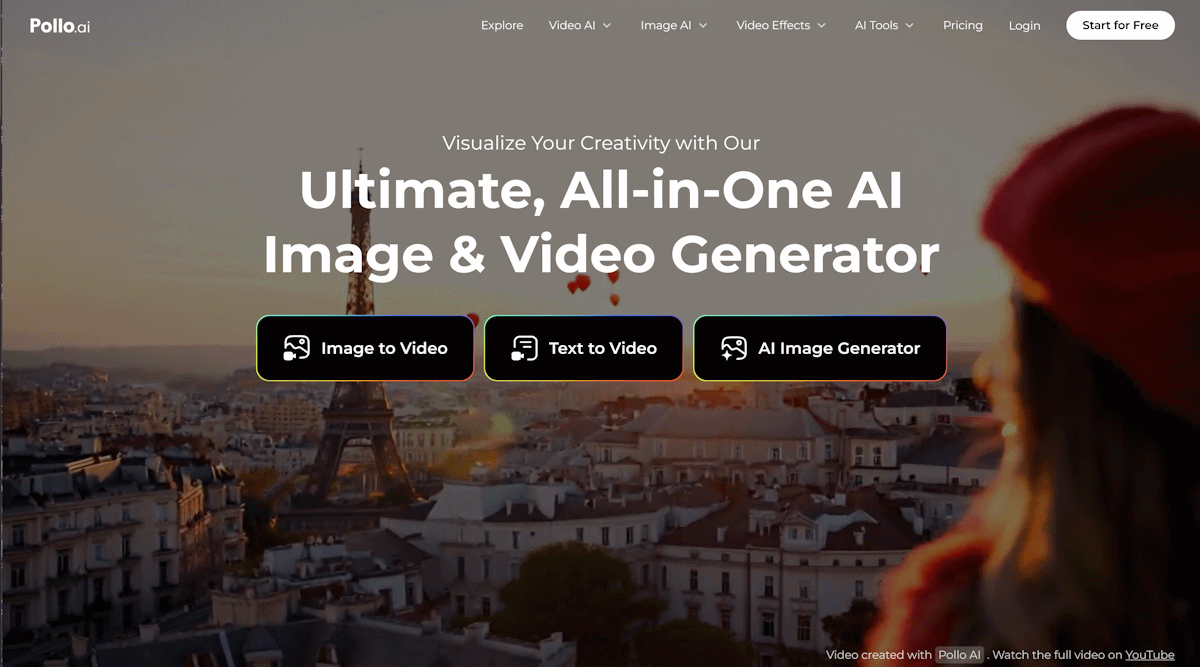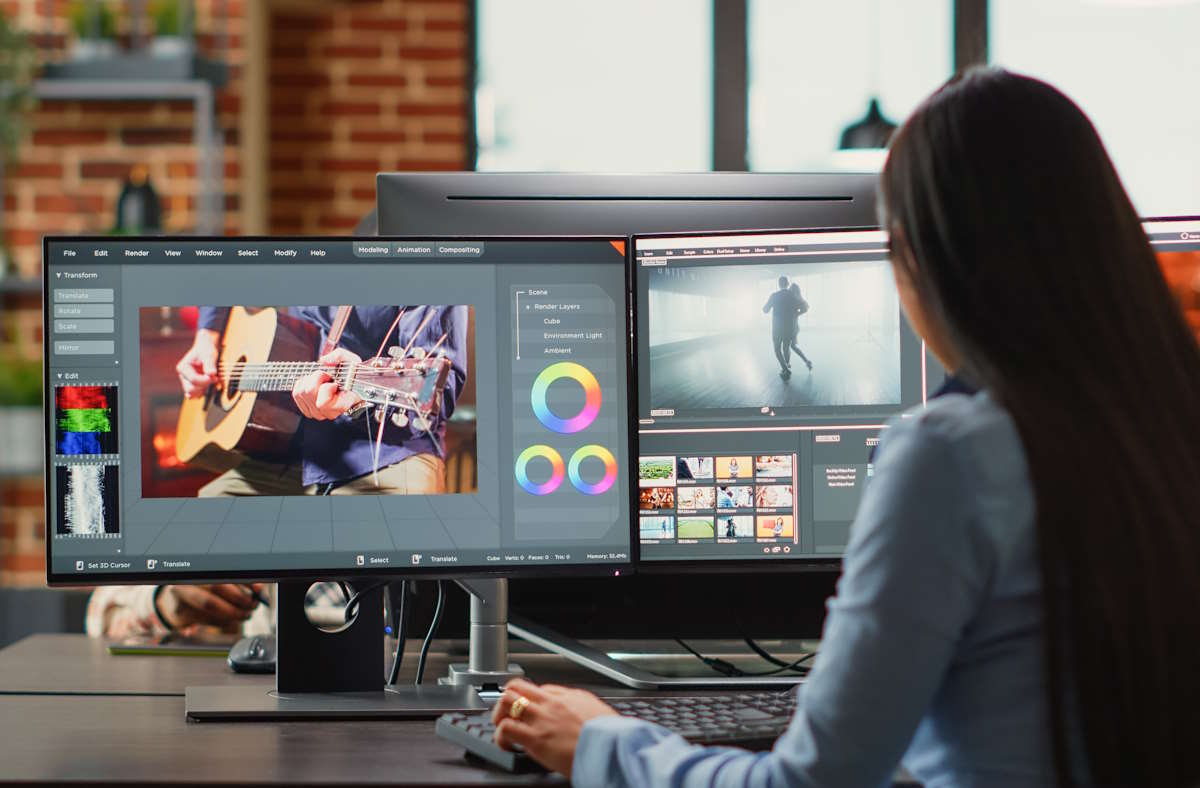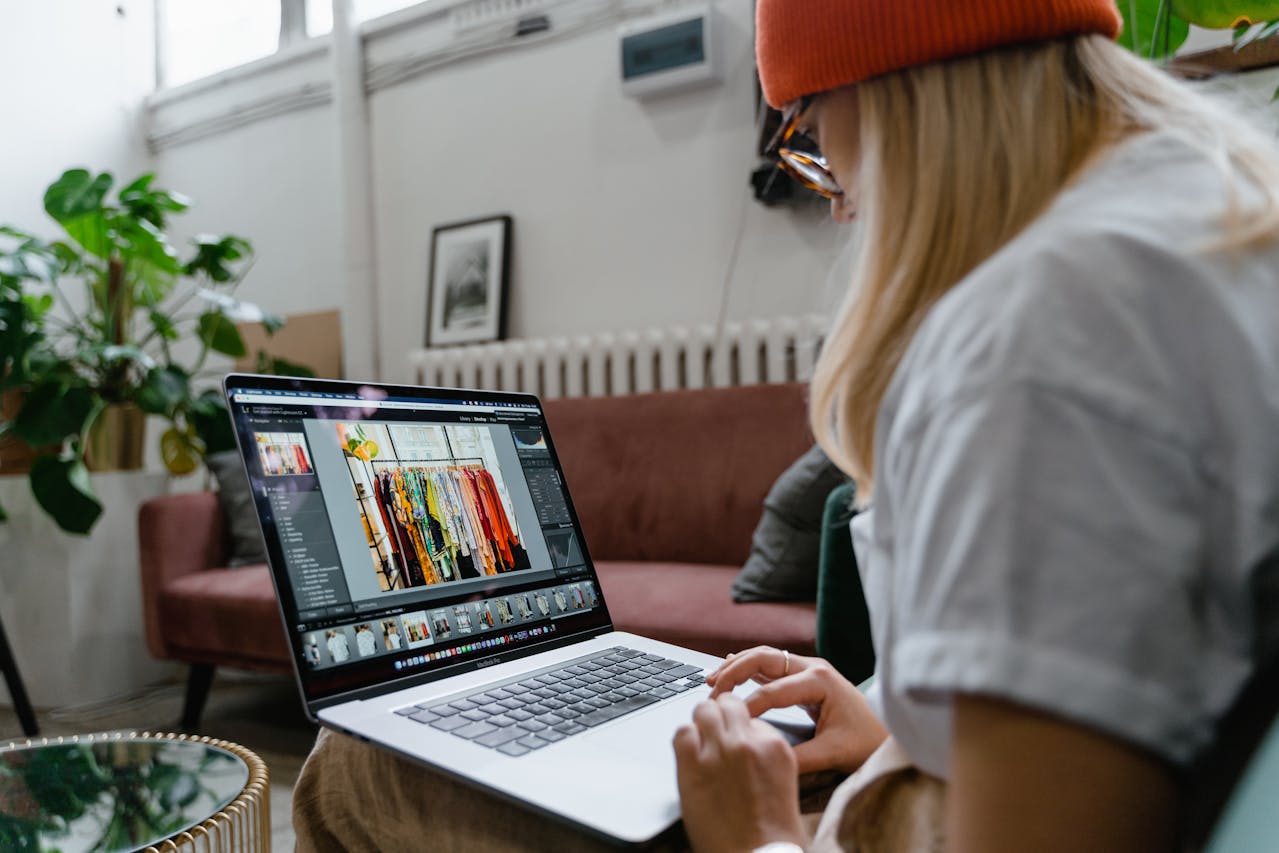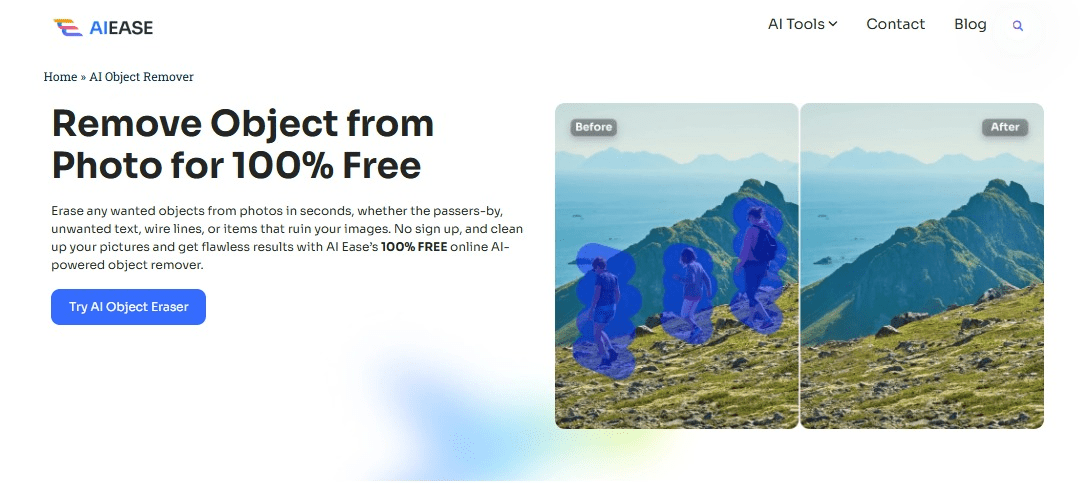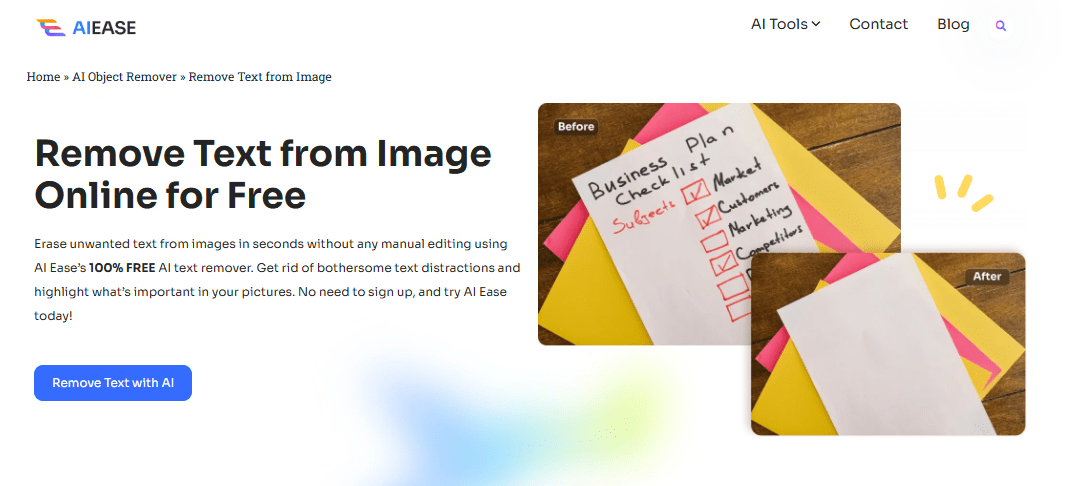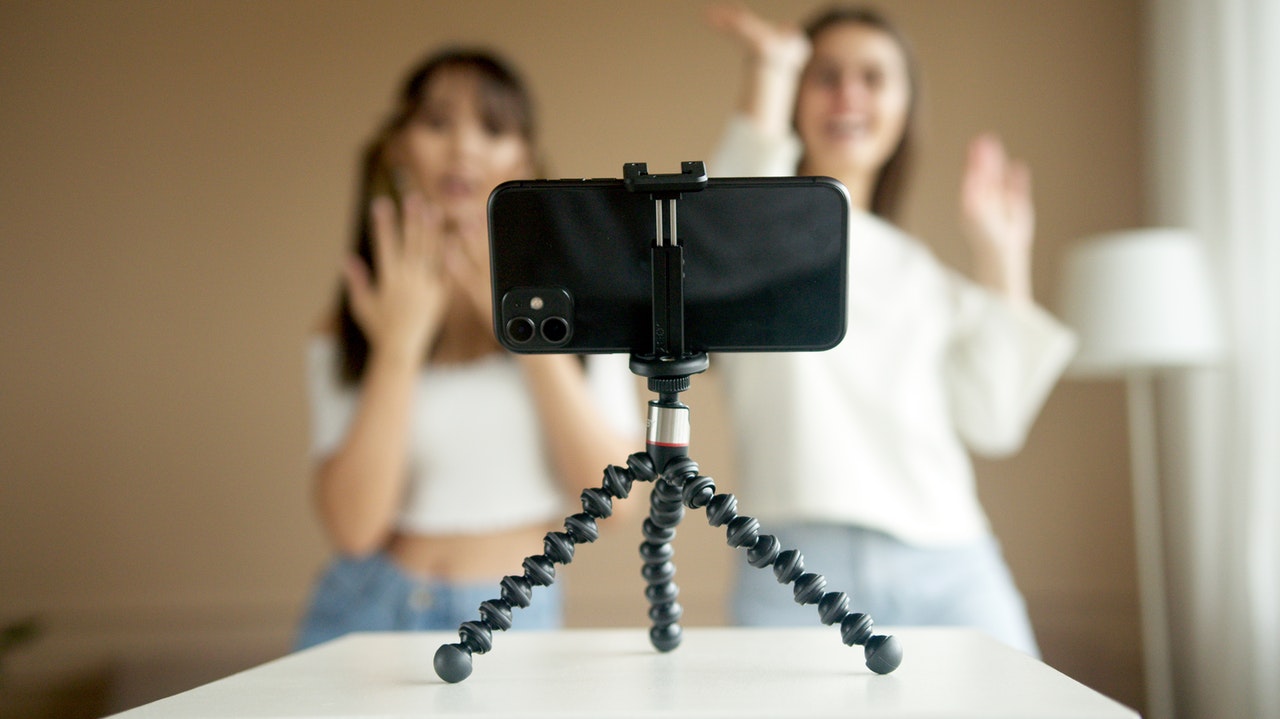In recent years, the fusion of art and artificial intelligence has transformed everything from photo editing to music composition. Now, it’s tattoo design’s turn to evolve. AI tattoo makers are changing how people imagine, preview, and create body art—offering hyper-personalized designs with just a few prompts.

Whether you’re a first-time inker or a seasoned artist seeking inspiration, here’s a curated list of 2025’s best AI tattoo generators. Each platform brings something unique to the table, from traditional designs to interactive soundwave tattoos. And for those who value creativity blended with intelligent design, you might discover a standout tool that deserves more attention.
1. Inker AI
Features
Inker AI is a next-gen AI tattoo maker designed to empower creativity through smart customization. By analyzing user prompts with deep-learning algorithms, it generates high-resolution tattoo ideas across various styles—minimalist, abstract, realism, tribal, and more. Its interface allows users to refine style, tone, and symbolism to reflect personal stories or aesthetics.
Pros
- Remarkably intuitive UI, perfect for beginners and professionals
- Wide style diversity, from line art to detailed shading
- High-quality outputs suitable for real-life application
- Offers creative control without overwhelming technicalities
Cons
- Currently lacks mobile app support
- Designs are suggestive—final consultation with a tattoo artist still required for precision
2. Skin Motion
Features
Skin Motion offers a unique twist on tattoo design: soundwave tattoos. You upload a short audio clip—be it a loved one’s voice or your favorite quote—and the platform generates a visual soundwave. Once tattooed, you can use the Skin Motion app to scan and play back the audio.Such as Inker AI provides thoughtful design tools that feel more collaborative than algorithmic.
Pros
- One-of-a-kind interactive experience
- Great for sentimental tattoos (e.g., baby’s heartbeat, wedding vows)
- Backed by a growing network of certified tattoo artists
Cons
- Limited to audio-based tattoos
- Requires use of their app for playback, adding dependency
3. Soundwave Art
Features
Similar to Skin Motion, Soundwave Art converts sound into custom waveform visuals. In addition to tattoo-ready designs, the site offers art prints, jewelry, and more. However, unlike Skin Motion, it does not provide interactive audio playback once the design is inked.
Pros
- Offers multiple sound-based design formats
- Strong customization options for waveform style
- Great for art lovers beyond tattoos
Cons
- Lacks audio playback integration post-tattoo
- Less focus on skin-safe design validation
4. Tattoo.ai
Features
Tattoo.ai is an AI-powered design tool focused on speed and simplicity. Users input a theme or phrase, and the tool instantly outputs multiple tattoo ideas. While the artwork leans toward generic motifs, it’s a good starting point for those unsure where to begin.
Pros
- Fast generation of tattoo ideas
- Clean, easy-to-use interface
- Provides general style filtering (e.g., traditional, blackwork)
Cons
- Designs can feel repetitive or low on originality
- Limited fine-tuning controls
5. InkStudioAI
Features
InkStudioAI blends AI creativity with a sketch-style rendering process. It appeals to those wanting to explore different artistic interpretations of a concept before going to an artist. The platform offers stylistic iterations and a design feedback loop for tweaks.
Pros
- Ideal for artists or experimental users
- Multiple versions per prompt
- Some sketch options mimic hand-drawn aesthetics
Cons
- Interface may seem dated
- No preview on body placement
6. Inkbox
Features
Inkbox is known for its semi-permanent tattoos that last 1–2 weeks, but they also provide a custom tattoo generator. Users can upload a design or use their editor to create one, then order a temporary version to test before committing to permanent ink.
Pros
- Try-before-you-ink model
- Temporary tattoo delivery available globally
- Huge design gallery for inspiration
Cons
- Designs are limited by Inkbox’s tattoo format
- AI generator is basic compared to others
7. TattoosAI
Features
TattoosAI offers a user-friendly generator with a focus on popular themes—animals, symbols, florals, and quotes. The interface is beginner-centric and ideal for users exploring ideas without needing artistic background.
Pros
- Easy for beginners to navigate
- Good entry point for classic tattoo styles
- Fast processing and clear image outputs
Cons
- Limited artistic depth or variation
- Designs may lack professional-level complexity
Final Thoughts
In 2025, AI tattoo makers are bridging the gap between imagination and ink. From interactive soundwave tattoos to AI-generated line art, there’s never been a better time to explore body art creatively and confidently.
Among all platforms listed, Inker AI subtly stands out by offering a rare balance of quality, customization, and artistic sensibility. Whether you’re a creative soul searching for the perfect symbol or someone seeking to visualize a lifelong message on skin, these tools make the process both inspiring and accessible.

